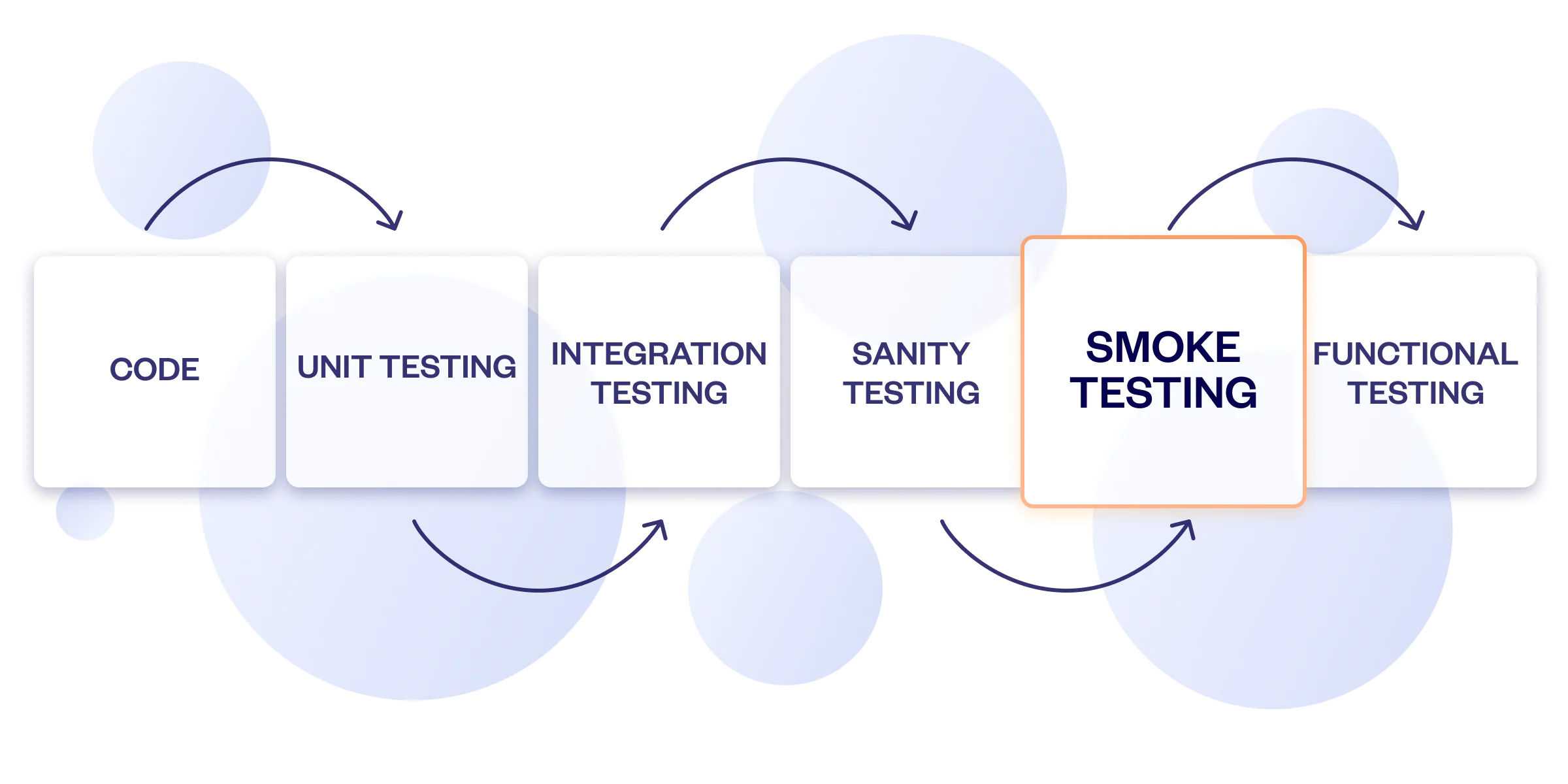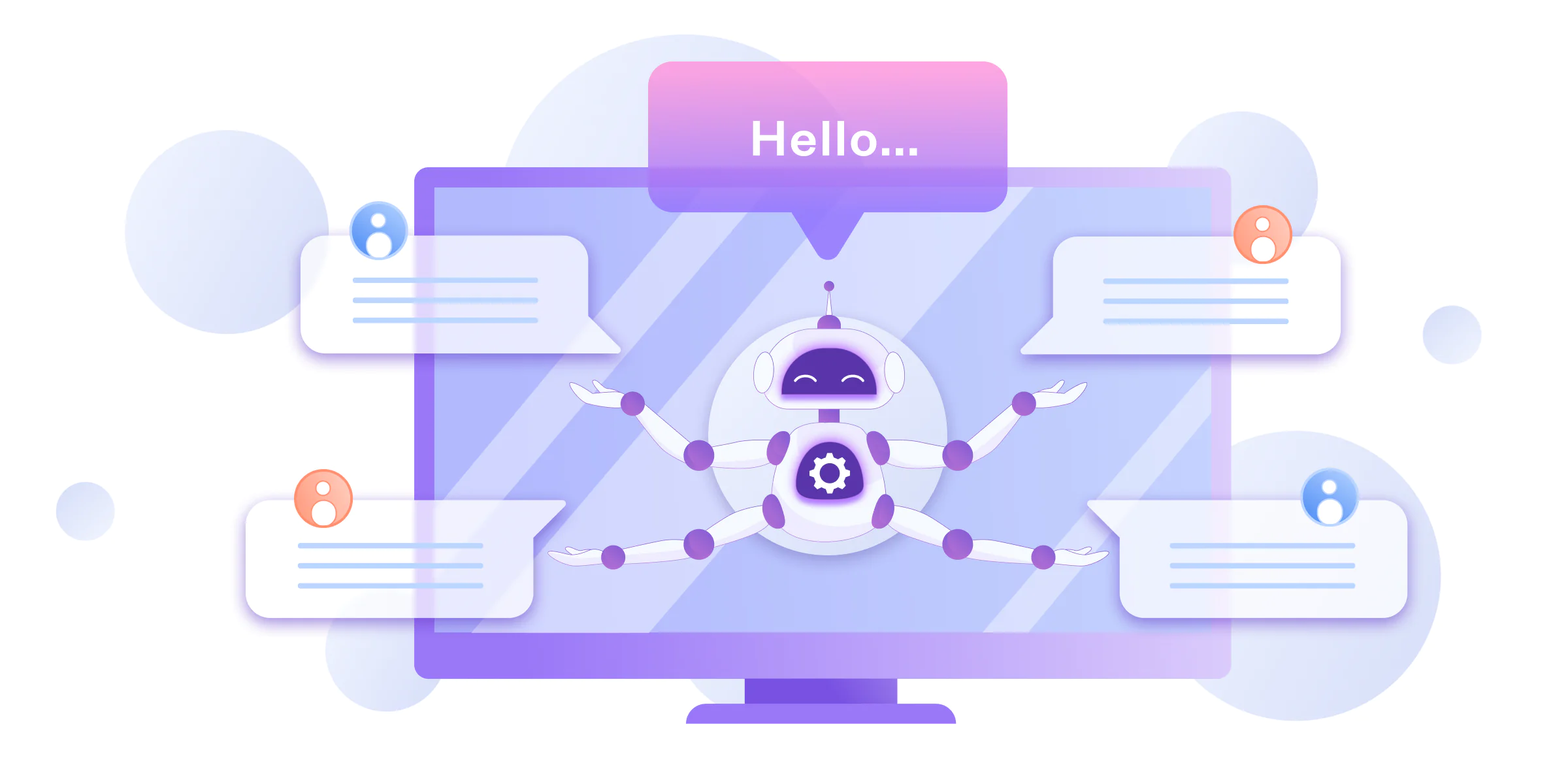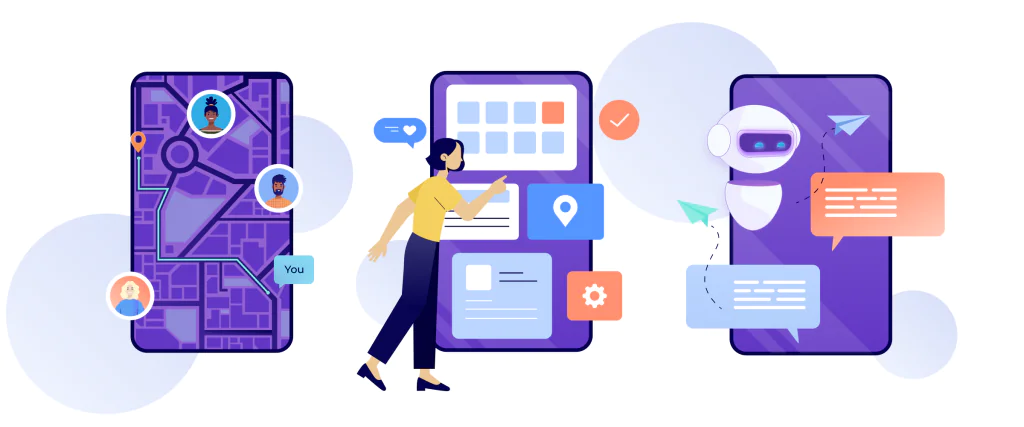End-to-end development can provide a software product that will enable your business to grow considerably. An end-to-end solution opens multiple opportunities for improving workflows and increasing profitability. Understanding the advantages of this type of development will help you decide whether it’s a good investment for your business. We would like to help you make the best choice for your company. In this post, our experts will explain both pros and cons of end-to-end software development.
What Is End-to-End Development?
When it comes to end-to-end custom software product development, a vendor has to provide you with
- Establishing all the necessary software or hardware requirements
- Solution installation services
- Solution integration with third-party software (if needed)
- Complete solution setup
- Software maintenance
All in all, no other service providers should be involved in the end-to-end development process. For example, an end-to-end e-commerce solution aims to address business needs regarding order processing, stock and warehouse management, and accounts systems.
One of the most significant advantages of the end-to-end model for the customer is reduced business risk. When employing this type of development service, the same professionals will be responsible for the entire creation and maintenance process. Therefore, any issue can be dealt with immediately. In addition, you won’t have to spend extra resources to manage various software development and maintenance stages by several separate teams.

End-to-End Development Benefits for Your Business
Custom-tailored end-to-end solution (E2ES)
The main benefit is getting a solution that is ideally in tune with your business. Depending on your requirements for the product, it might provide you with an aerial view of all the workflows. Therefore, you’ll be able to monitor every aspect of the business in real time. Such help can be invaluable if your goal is to maximize profit and reduce waste and redundancy. Solutions created by an enterprise web development company can be highly complex and flexible to account for every tiny business detail.
Moreover, your total control of the business process through such solutions will enable faster and more efficient modernization. It will also help grow overall productivity and improve the performance of every unit within the enterprise.
Reduced costs and extra income
Calculating the cost of end-to-end software development is a complicated process that largely depends on the customer’s requirements. However, you can be sure that hiring an end-to-end solution developer will be cheaper than hiring several contractors to create and manage the software.
Moreover, some mistakes and issues will surely happen when different people work on one project. Therefore, it will mean losses for your business on several levels. Therefore, having a single team handle every step of the software product lifecycle is more cost-efficient overall.
In addition, consider the extra income you will gain from the productivity boost. No one can argue that top-quality custom software helps increase profits. So, the result of hiring a dedicated end-to-end development company is a reduction of your costs and the growth of your income.
Operational efficiency
Human error is an essential factor that every business must consider. Using top-grade custom software is one of the best ways to reduce the risk of human error today. However, you must remember that people who create and manage this software are liable to make mistakes. This chance increases if several unconnected teams work with the same product. Therefore, the foremost benefit of an end-to-end solution (E2ES) is reduced risk of human error.
Of course, people might make mistakes in these teams. However, if the solution is closely monitored by people who understand it fully, they can resolve any issues quickly and efficiently.
Using end-to-end development also often helps businesses boost their operational efficiency through automation. It can help you optimize workflows and improve overall resource management.
Security
End-to-end development is safer in every way. First of all, you only need to have an airtight NDA with one company. But even more important is that an end-to-end solution (E2ES) has fewer security risks.
It’s important to remember that every third-party software integration makes a solution more vulnerable to outside attacks. Also, in this case, you would rely on each of those other solutions being up-to-date with security.
In addition, it’s pretty common for different solutions to fail at integration after their separate updates. Therefore, your whole business might be at risk.
Meanwhile, an end-to-end enterprise web development company can create a highly secure software product. The developers will also update its security regularly as part of maintenance. So, you can be sure that your business is always protected from the latest cyber threats.

Scalability
For the majority of businesses, growth is one of their foremost goals. And every business owner understands that workflow disruptions at a critical time can cause a loss of growth opportunities. Those chances might not come up again. Moreover, the business might lose a lot of money. For example, if a significant disruption happens during some big seasonal sale or a costly marketing campaign.
The ability to scale fast is one of the most significant benefits of end-to-end development. These solutions are literally designed to grow with your business. Therefore, the vendor can collaborate with the software developer to facilitate any changes in business workflows.
This way, you will not only ensure that your company runs smoothly at any time. But you will also maintain top-grade efficiency with new parameters. So, you’ll have a better chance to retain the loyalty of new customers.
Scaling up your business becomes easier and more affordable with an end-to-end solution. Moreover, you can benefit from the development company’s analytical data to help you choose the best moment and build an efficient strategy.
Transparency
Transparency is essential for any business. End-to-end development allows you to have more transparency in matters related to software. Working with a single team, you will have more effective communication. In addition, you will have access to everything that’s happening on the project.
It means more control over the development process. So you’ll be sure that you are making the best use of your resources. In addition, you will have guarantees that your data is well-protected. If you want to be sure of its safety, choose a development company that holds recognized security certificates.

Is End-to-End Development for Everyone?
While the benefits of end-to-end solution development cannot be denied, there are some cases when it’s not the best option. The foremost concern is, of course, the cost. End-to-end development isn’t cheap. Therefore, it’s out of reach for the majority of businesses.
Remember that it’s a long-term investment. So, you’ll need to pour a lot of funds into it long before it pays off fully, let alone starts bringing a profit. Moreover, this project will require a constant flow of funds as developers will need to provide maintenance for the product.
Another thing to consider is that you’ll be stuck with the software development company you hire first. Of course, if some issues arise, it’s possible to change your contractors eventually. However, this will increase the cost and might cause multiple problems on the development side. Therefore, you must be 100% sure of the company you employ for end-to-end solution development.
Scalability can also be a concern. On the one hand, it should be easier for your development team to expand the product. They know all the ins and outs of the project and can work with it most efficiently.
Meanwhile, an end-to-end solution might not be very flexible by design. For example, adding some new advanced features might be impossible because they won’t sync with the original architecture. So, your growth opportunities might be limited down the line. Also, expanding the solutions might be too costly as you might need to rework all of it to accommodate additions.
All in all, you need to consider end-to-end software development with extreme care. Talk to the developers and discuss all pros and cons of this approach. A trustworthy custom software development company will advise you on the best choice for your business.
Bottom Line: End-to-End Development Services You Can Trust
There are many ways in which an end-to-end solution can benefit your business. However, it’s essential to understand that you would be able to enjoy these benefits only when the custom software development company you hire can deliver top-quality services.
When choosing a development team, you need to consider the following:
- Expertise.
Check the company’s case studies and discuss their expertise during a meeting. You need to ensure the developers have experience with the exact types of tasks you will set for them. - Reputation.
Look up the company’s reviews online and ask for referrals whenever possible. However, you must also remember that restrictive NDAs cover many software development projects. Therefore, you might not be able to contact the company’s other clients directly. - Professionalism.
You should be able to get a reasonable estimation of the developers’ professionalism at the early stages of negotiations. A reliable development team must be open with you from the start and ready to work with you to achieve the best business outcomes. In addition, evaluate the communication and time management skills of the people you interact with. Would you trust them with your investment?
If, after reading all this, you realize that end-to-end development is the way to go for your business, contact us! We’ll be happy to discuss your ideas and requirements in more detail during a free consultation.
















































